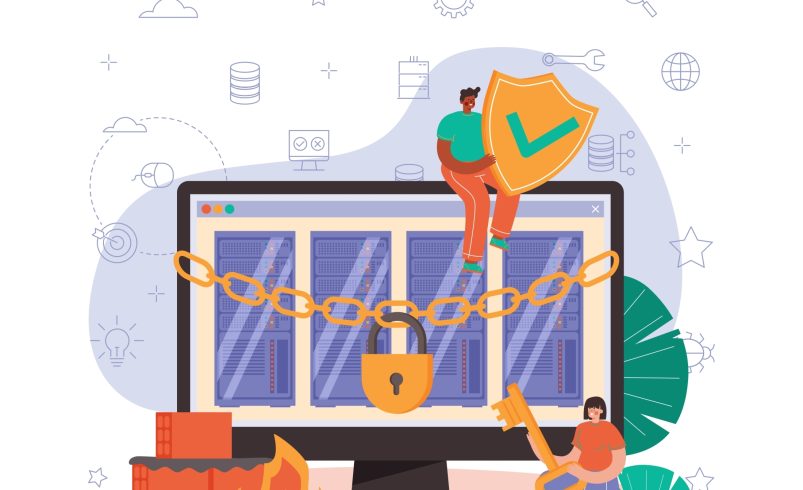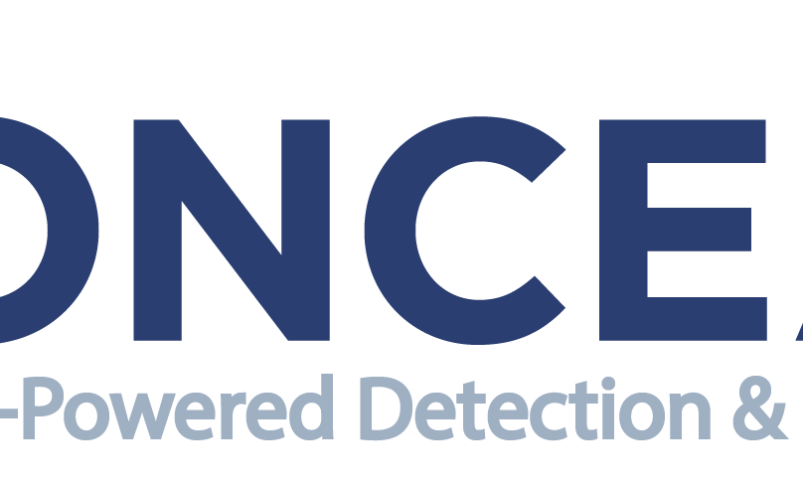
Fortifying the Digital Frontier: Safeguarding Intellectual Property in the Age of Cyber Threats
In today’s globalized and digitally connected world, the importance of intellectual property (IP) protection has never been greater. The rapid pace of technological innovation and the expansion of the internet have created an environment where ideas, concepts, and inventions can be easily disseminated and stolen. This article examines the growing challenge of intellectual property cyber-security and the crucial steps businesses and individuals must take to safeguard their valuable IP assets.
The Evolving Cyber Threat Landscape
Cyber threats to intellectual property are on the rise as hackers and cybercriminals continuously develop new techniques to infiltrate networks and gain unauthorized access to sensitive information. These threats come in various forms, including:
- Corporate espionage: Competitors or nation-states may use cyber-attacks to steal valuable trade secrets, patented inventions, or copyrighted materials to gain a competitive advantage or disrupt market dynamics.
- Insider threats: Disgruntled employees or contractors with access to sensitive information can leak or sell IP assets to external parties, causing severe damage to an organization’s reputation and bottom line.
- Digital piracy: Unauthorized reproduction and distribution of copyrighted material, such as software, music, movies, and books, can result in significant revenue losses for rights holders.
- Counterfeiting: The production and sale of counterfeit goods based on stolen IP can undermine the integrity of a brand and lead to lost sales and revenue.
Protecting Intellectual Property in the Cyber Realm
To combat these threats and protect intellectual property, organizations must take a proactive approach to cyber-security. The following strategies can help businesses and individuals safeguard their IP assets:
- Implement strong security measures: Organizations should establish a robust security infrastructure, including firewalls, intrusion detection systems, and regular system updates. Additionally, they should encrypt sensitive data and limit access to authorized personnel.
- Educate employees: Businesses must train employees on the importance of protecting intellectual property and the potential consequences of IP theft. This includes educating them on proper password management, email security, and the dangers of phishing attacks.
- Monitor and control access: Regularly auditing and controlling user access to sensitive data can help organizations detect and prevent unauthorized access to intellectual property. This involves reviewing employee access permissions and promptly revoking access for those who no longer require it.
- Conduct regular risk assessments: Companies should perform regular risk assessments to identify potential vulnerabilities and prioritize the implementation of necessary security measures.
- Collaborate with law enforcement and industry partners: Organizations should work closely with law enforcement agencies, industry groups, and other stakeholders to share information on emerging threats and best practices for combating IP theft.
- Protect IP assets in the cloud: With the growing reliance on cloud-based services, it is essential for businesses to ensure that their cloud providers have robust security measures in place to protect sensitive IP data.
- Monitor the dark web: Organizations should keep an eye on the dark web and online forums where stolen intellectual property may be bought, sold, or traded, allowing them to take legal action and mitigate damage.
The cyber threat landscape continues to evolve, and the protection of intellectual property has become a critical issue for businesses and individuals alike. By implementing strong security measures, educating employees, and working collaboratively with law enforcement and industry partners, organizations can better safeguard their valuable IP assets and maintain a competitive edge in the global market.


